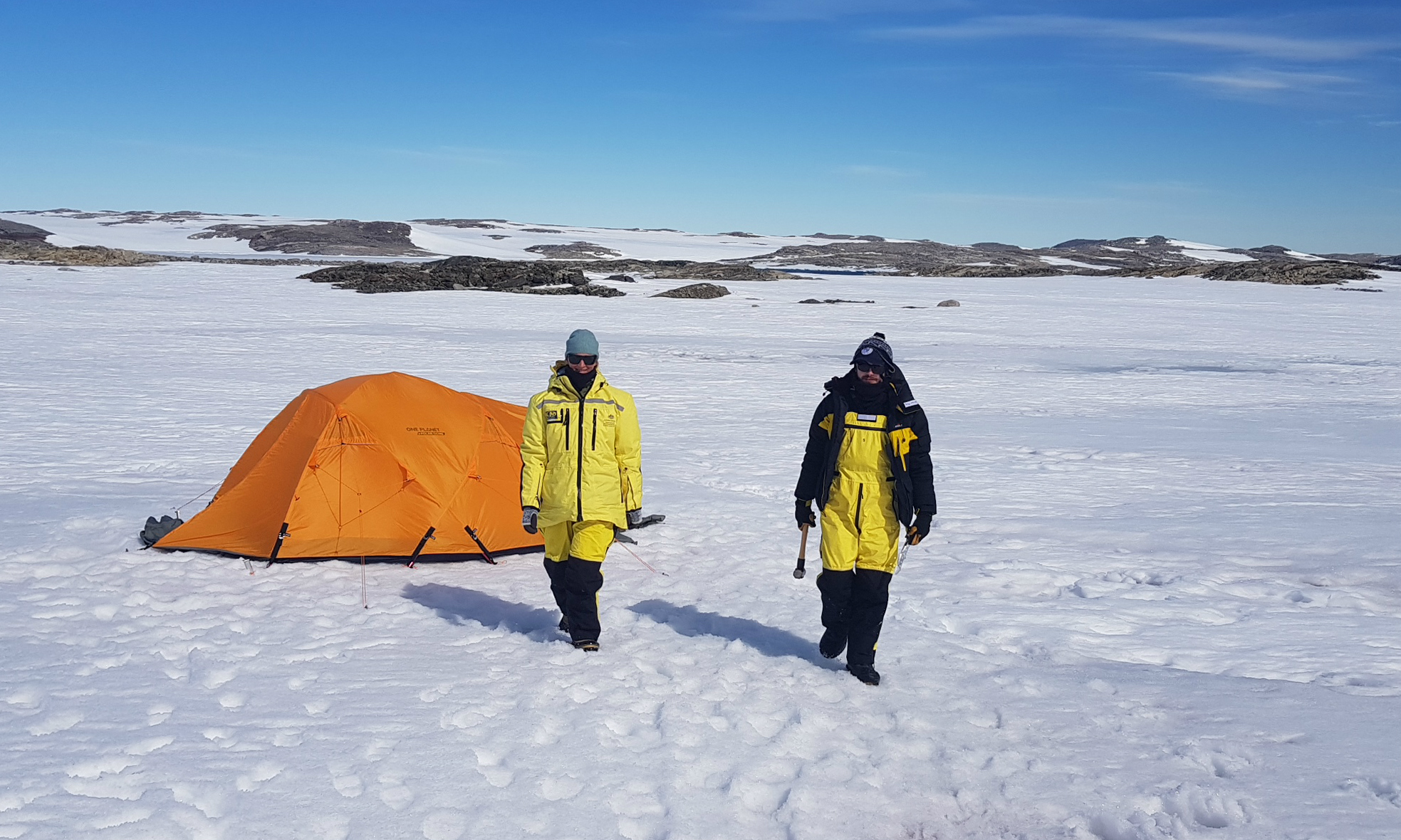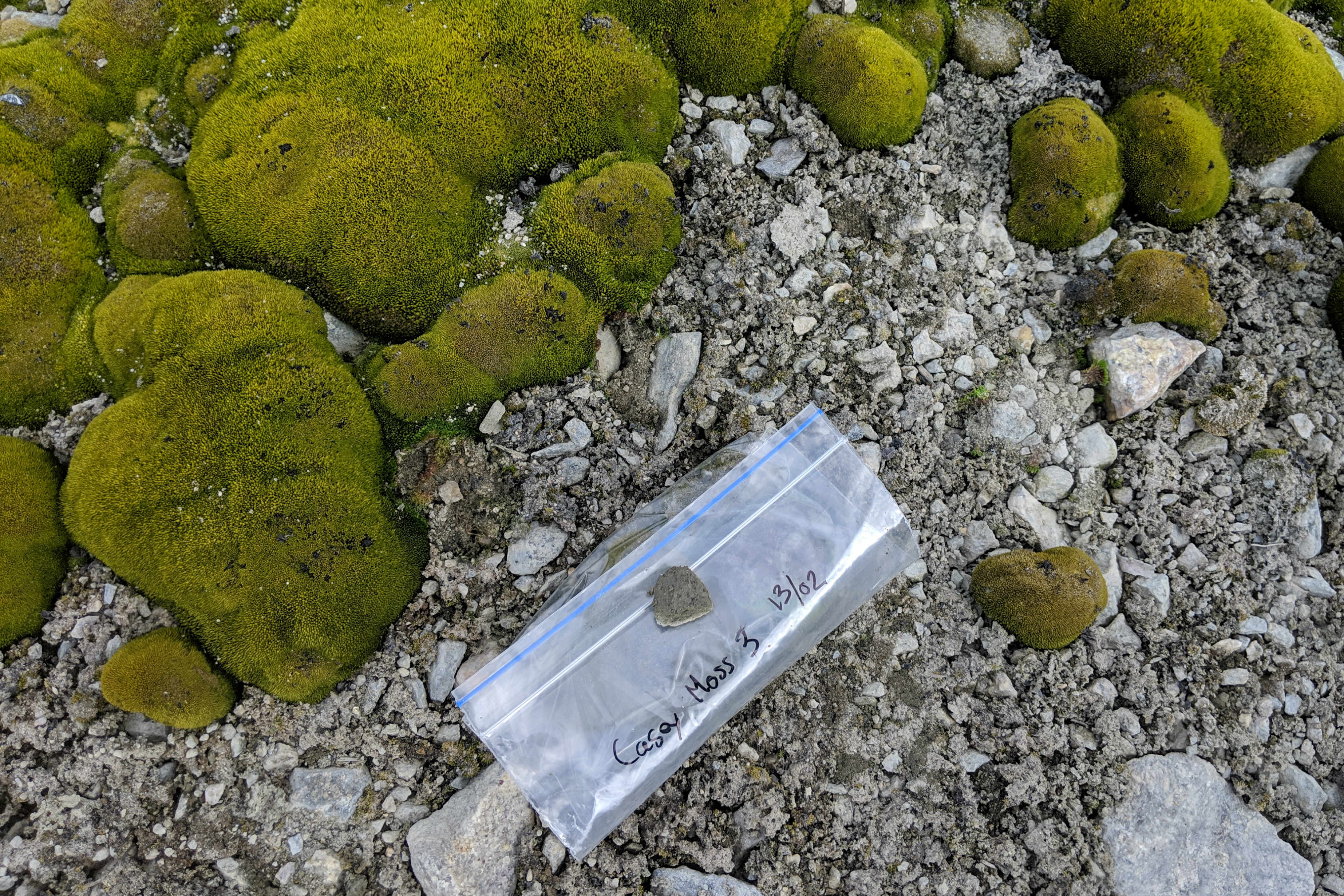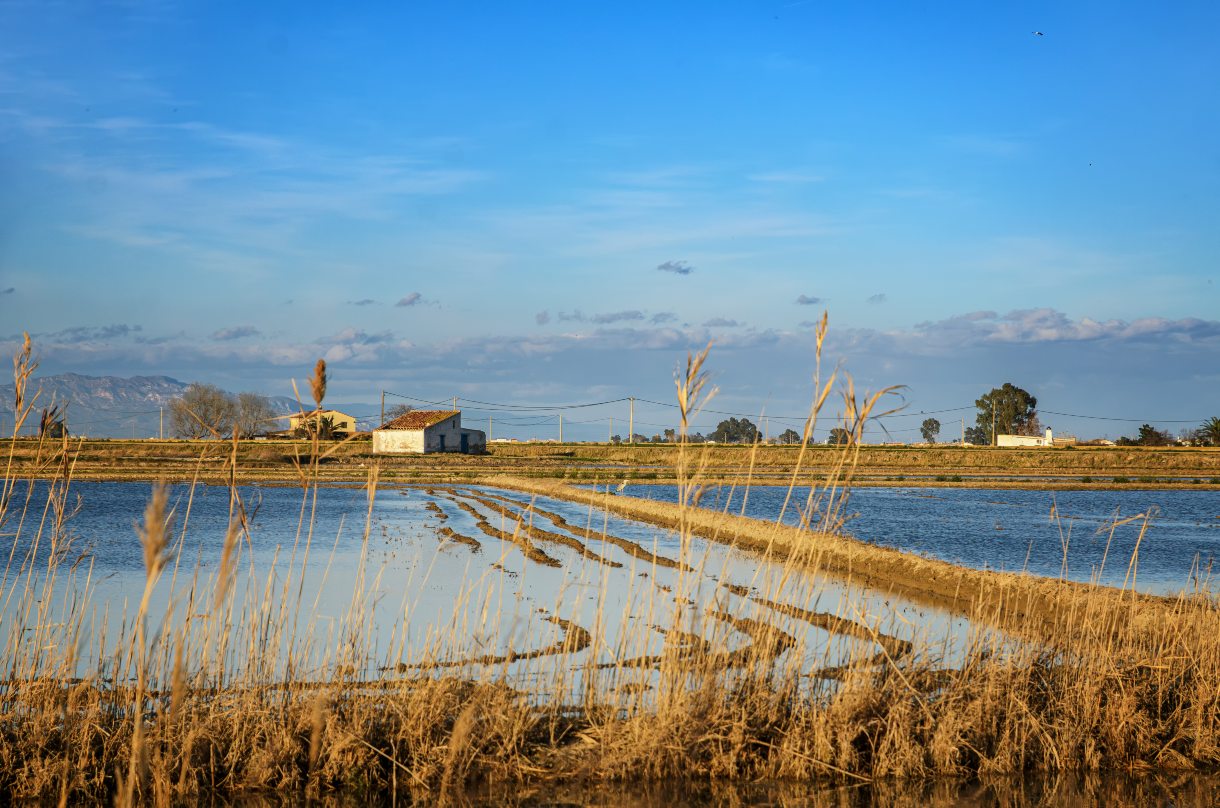Ultra-thin filters could help improve production of medicines and dyes
Scientists in Australia have developed new ultra-thin filters that can separate valuable chemicals from liquid mixtures fast and efficiently to make medicines, dyes and other products, which could help industries cut waste, save energy and lower costs.
European funding to make coastal zones more resilient to climate risks
COAST-SCAPES researchers will work alongside local authorities and residents to future-proof vulnerable coastal communities worldwide.
New wastewater tech tackles fatbergs at the source
A new wastewater treatment system developed by RMIT University researchers could help prevent fatbergs – solid masses of fat, oil and grease (FOG) that clog sewers and cost water utilities globally billions to remove each year.
Wastewater contaminants boost green hydrogen production
Research led by RMIT University has developed an experimental invention to turn wastewater’s high contaminant load into an advantage for making green hydrogen that could reduce reliance on fresh water – a scarce resource in many parts of the world.










